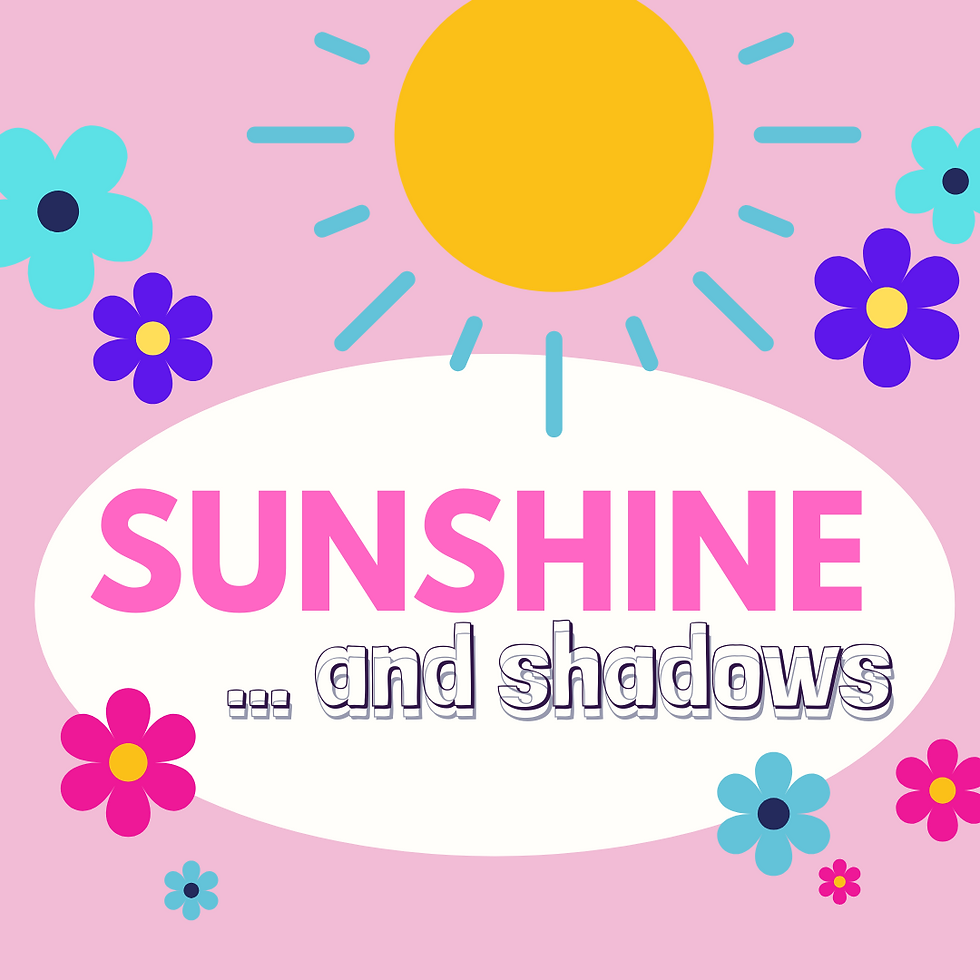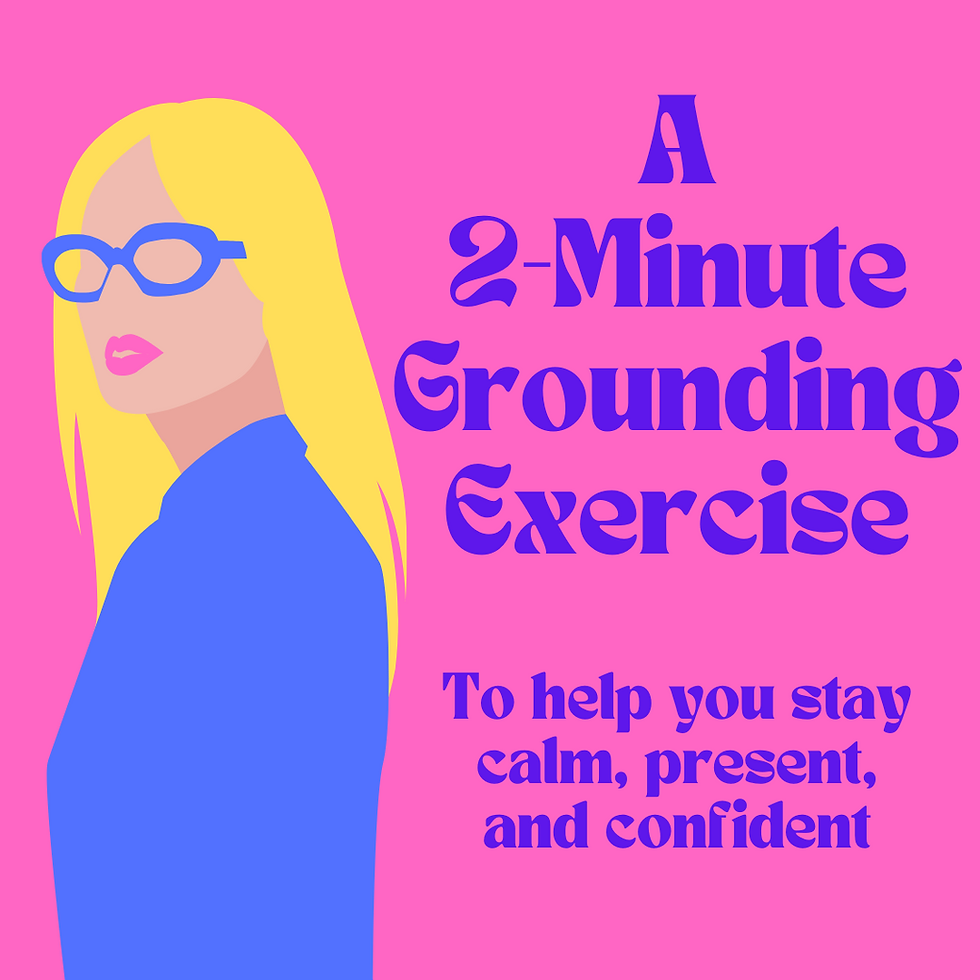The First Step to Avoiding Burnout —Based on Your Enneagram Type
- jilanncarlson

- Jun 6
- 2 min read
Updated: Jun 7

Strength in Small Doses: When you Just Need a Break
This summer, we’re launching a special series called Strength in Small Doses—bite-sized coaching insights to help you grow in self-awareness, lead with clarity, and breathe a little deeper in the season you’re in.
This One’s for the Person Saying…
“I just need a break.”
Whether you're leading a team, managing a home, or just trying to keep up with life—it’s real. Burnout doesn’t always look like a full collapse. Sometimes it’s more subtle:
Numbness
Irritability
Over-functioning
Avoidance
Can you relate?
My “Pause Button” Moment
Recently, I felt burnout creeping in. It started with a cold, followed by cross-country travel, a huge work event, company arriving, wedding planning on our property, and a family reunion all happening within days of each other.
It was all in my calendar—but I didn’t really see it. One night, I got home and just… shut down. TV and silence became my best friends. I was maxed out.
That pause didn’t fix everything—but it helped me stop the spiral.
How Burnout Sneaks Up (Enneagram Style)
Burnout doesn’t look the same for everyone. Here’s a quick look at how it might show up for each Enneagram type:
Gut Types (8, 9, 1)
Burnout shows up as tension, resentment, or complete shut-down.
8 – Pushes past limits, gets snappy.
9 – Disengages, goes foggy, over-accommodates.
1 – Becomes hyper-critical, especially toward themselves.
Heart Types (2, 3, 4)
Burnout shows up as over-giving, image-managing, or emotional swings.
2 – Serves until empty, then feels hurt no one noticed.
3 – Keeps producing, but loses joy—everything feels like a task.
4 – Feels misunderstood, may withdraw emotionally.
Head Types (5, 6, 7)
Burnout shows up as mental overload, anxiety, or overactivity.
5 – Pulls away, fiercely guards energy.
6 – Becomes more reactive or indecisive.
7 – Seeks stimulation to avoid stillness—then crashes.
A Small Step for This Week:
Notice your signal.What’s your first clue that you’re pushing too hard?
Clenched jaw?
Snapping at someone?
Sleeping more but still waking up exhausted?
👉 You don’t need to overhaul your life. Just respond to the signals sooner.
That might look like:
5 minutes of quiet
Saying no to one more thing
Texting a friend: “I’m feeling off. Can I talk this out?”
Learning to respond instead of react is how we build resilience. It takes time and intention. And it’s okay if you need lots of practice—we all do.
Even just reading this post is a powerful first step. It’s a form of resistance to burnout. And it matters.
Let’s Pause Together
If this resonated, would you share it with someone who might need the reminder?
I’m so looking forward to this summer of Strength in Small Doses—coaching insights that are both fun and practical.
And don’t forget: There’s strength in numbers.



Comments